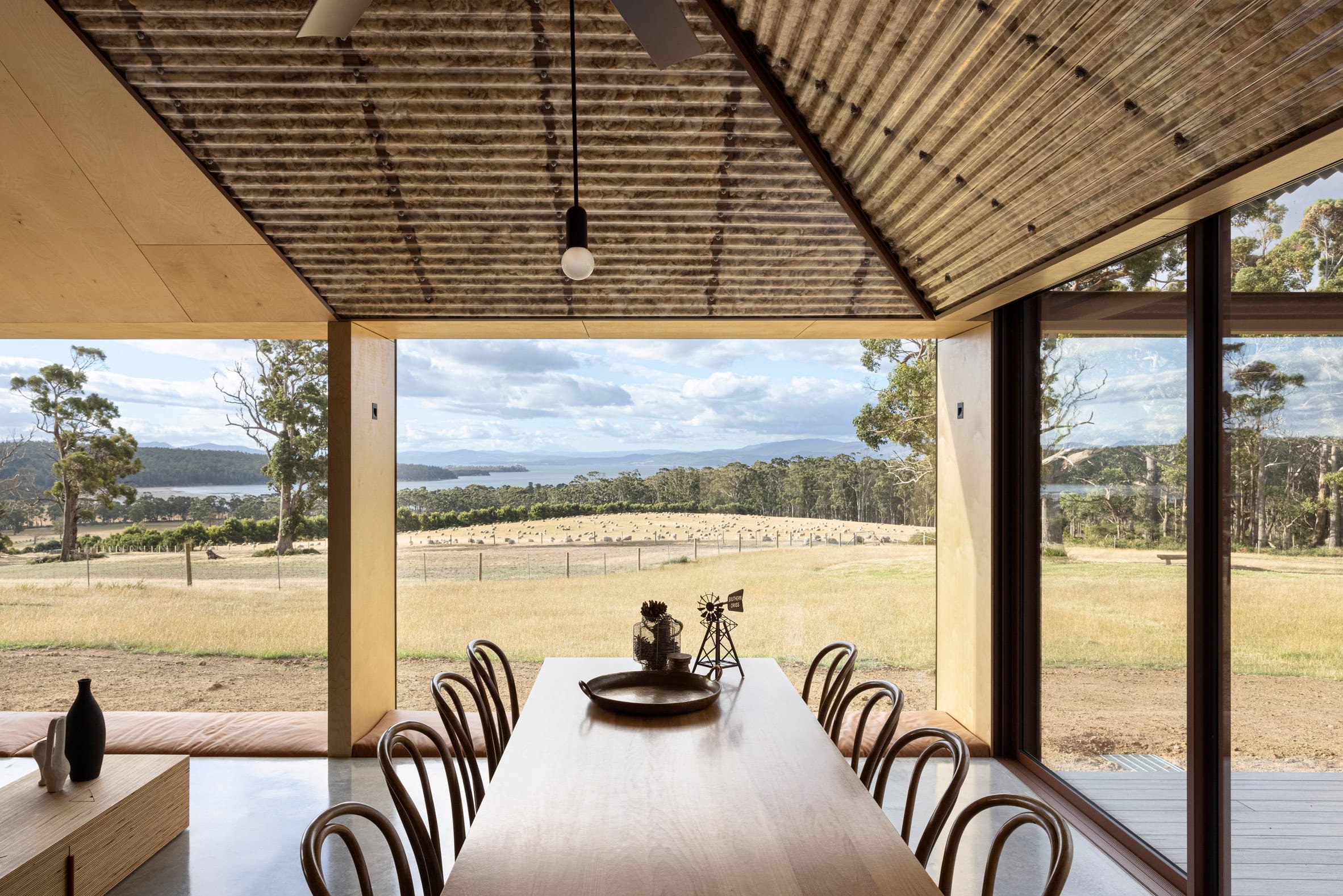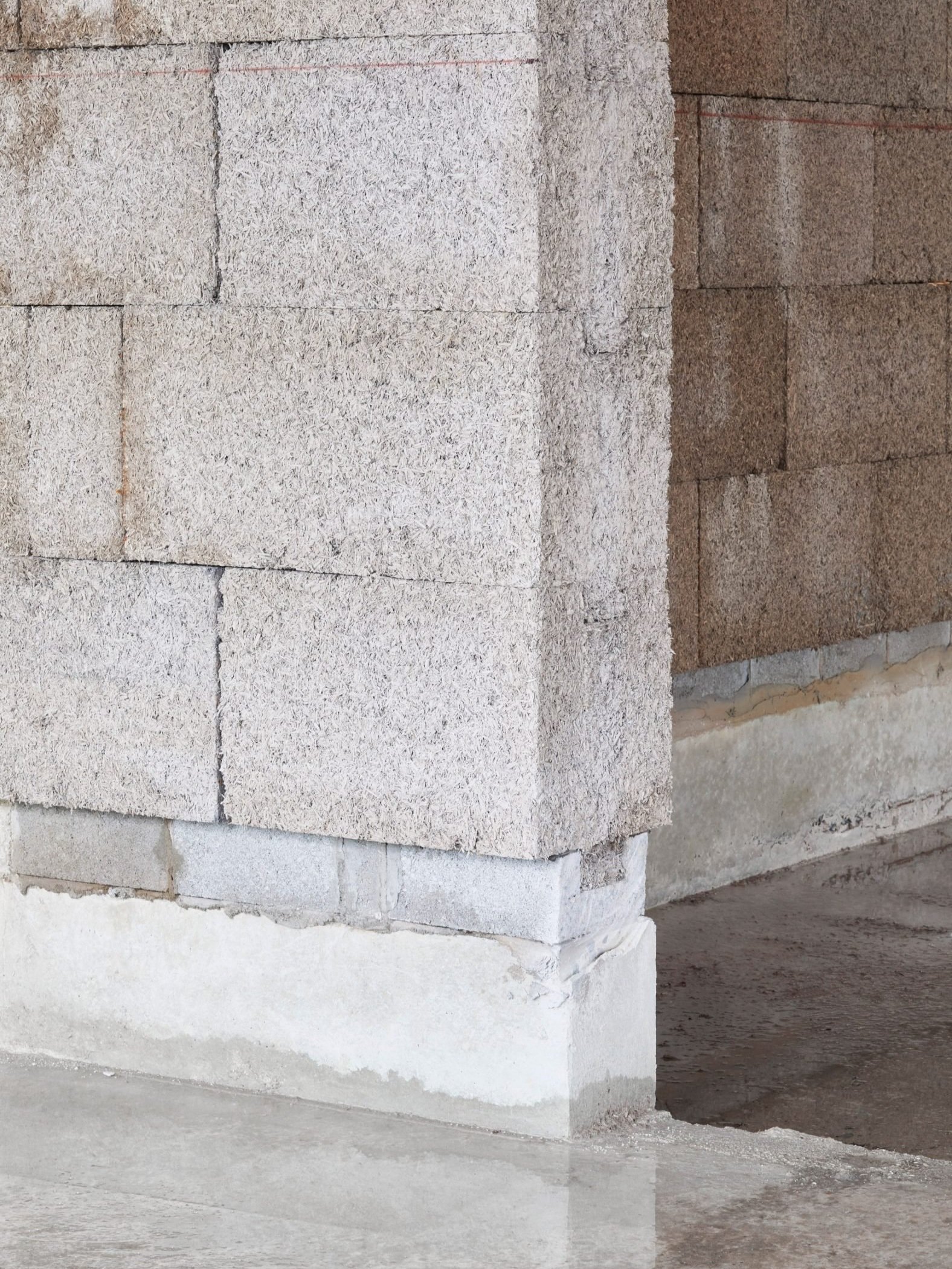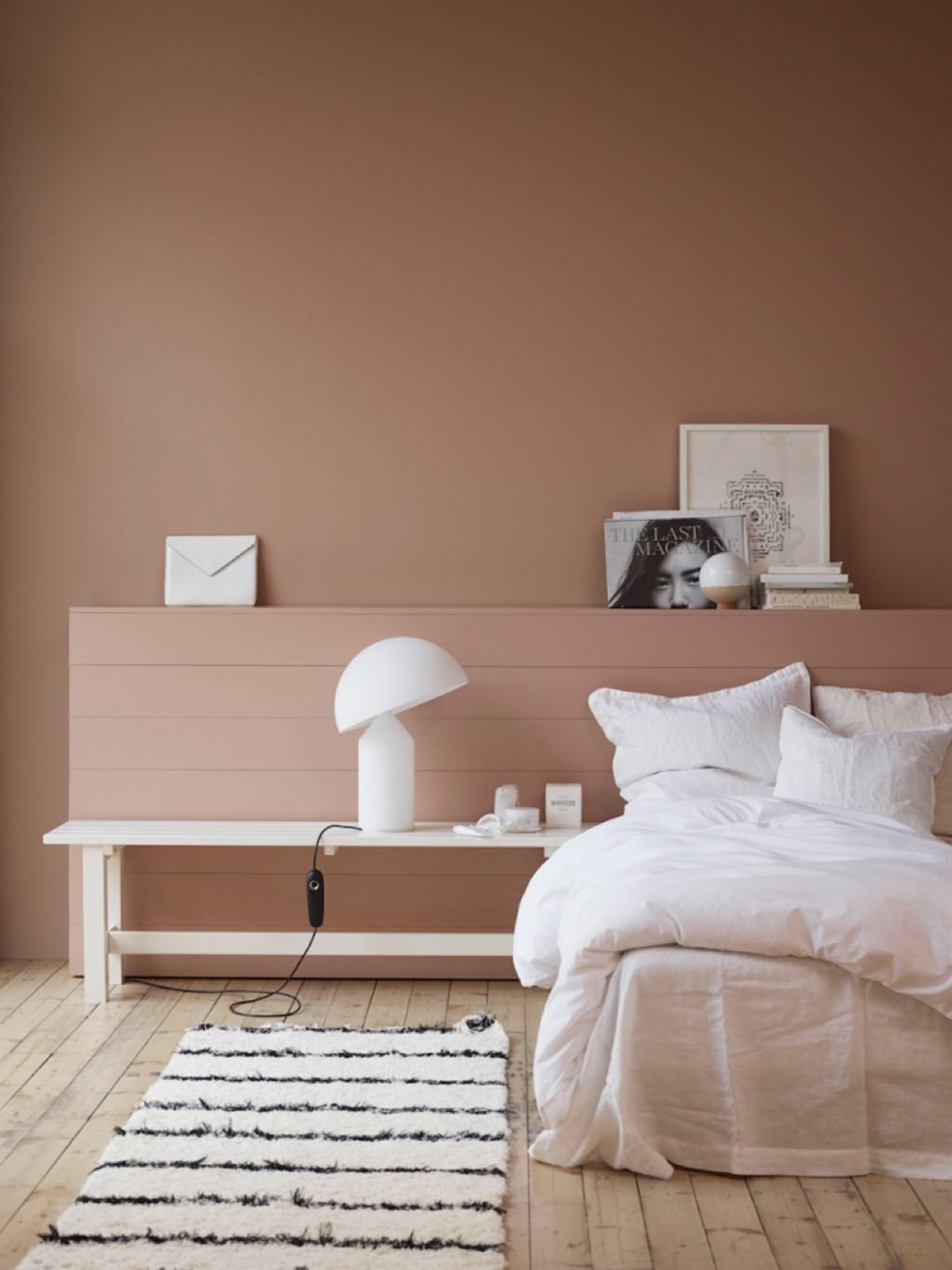What materials purify the air in your home?
FMD Architects
Our homes have the power to improve our health. Beyond mere aesthetics, the decisions we make for the environments we live or work in impact our personal wellness. While following visual preferences such as colour and finishes benefits mental health, incorporating materials that filter indoor air supports physical welfare. We believe it’s essential, which is why we compiled the best air purifying materials for interiors.
Decorating your home with beautiful colours and patterns you love is essential in ensuring you feel good and comfortable in your own space. These are key visual elements of any decorating projects. But what about all the invisible elements that will take your home from a place where you feel good to a place where you also live good?
Research shows that the air of our interiors can be up to 5 times more polluted than the air outside, even in cities. This is due to volatile organic compounds (VOCs), a large group of chemicals commonly found in products we use to build and maintain our homes. Petroleum-based glues, varnishes, paints, and plastics, as well as synthetic fabrics, can all lead to respiratory conditions, headaches, dizziness and more. The Guide to Indoor Air Quality by the United States Environmental Protection Agency identifies the most common culprits, from the formaldehyde contained in pressed wood products such as plywood and fiberboard, to radon, a colourless, odourless, radioactive gas contained in building materials.
Mild symptoms of exposure can go from eye, nose and throat irritation to general fatigue and skin rash, but more severe allergic reactions have been linked to various forms of cancer. Choosing building materials and furnishings that will keep indoor air pollution to a minimum has never been more important. Luckily, there are very powerful natural materials derived from animals and plants that can purify the air inside your home and help you live toxin-free.
WOOL
Renewable, biodegradable and 100% natural, wool is also an impressive air-filtering material. It is known to absorb formaldehyde, sulfur dioxide, and nitrogen oxides, the most common VOCs. Because wool fibers absorb toxins within their core permanently, it has even been estimated that wool products may continue purifying indoor air for up to 30 years. It can help to relieve allergies too, as the material’s microscopic scales trap dust and impurities until cleaned or vacuumed.
The hygroscopic and thermal qualities of wool also play in its favour. Resistant to bacteria, mould and mildew, it can absorb up to 33% of its weight in water without feeling wet. This means it reduces moisture from the air, to create a warmer, drier living environment.
Try this out:
Building: think about insulation wool. Because of its hypoallergenic properties, it is safe to install without the use of respiratory equipment, protective clothing, or gloves.
Decorating: think of pure wool for curtains, blankets, and area rugs. Your soft furnishings will not only decorate your home but make the air more breathable.
FMD Architects
Armadillo x House of Grey
FMD Architects
Armadillo x House of Grey
HEMP
"Numerous studies estimate that hemp is one of the best CO2-to-biomass converters," said Darshil Shah, senior researcher at the Centre for Natural Material Innovation at Cambridge. On the one hand, it is twice as efficient as trees at absorbing atmospheric carbon, on the other, it provides carbon-neutral biomaterials for architects and designers.
In effect, hemp can passively improve the internal air quality of buildings by removing airborne pollutants. In this way, it can be used to construct zero-carbon buildings, where the materials have absorbed more CO2 than is consumed during construction. Hemp's inherent lack of carcinogens and other noxious chemicals make it an extremely exciting material, opening tons of opportunities for improved air quality inside and outside.
Try this out:
Building: hempcrete is a natural composite used in construction to replace concrete or fibreglass. Dried hemp stalks are mixed with a lime-based binder that hardens them, so they can be shaped into blocks and panels. But while concrete actively contributes to CO2 emissions within your home, each cubic foot of hempcrete can sequester 19 pounds of this same carbon dioxide instead.
Decorating: because of its antimicrobial properties, hemp keeps your textiles and soft furnishings cleaner for longer periods of time. Hemp is also less prone to wear and tear than other fibers. Tough and tight, it holds colour well and doesn’t fade. This is particularly interesting for upholstery fabrics as well as bed linen.
Practice Architecture
Camira
Lemoal Lemoal
Camira
MINERAL PAINT
Mineral paints containing neither solvents nor petrochemical derivatives are not only breathable and odourless, they also absorb carbon dioxide. Some have been around for centuries, others are specifically engineered using modern technologies, and all are 100% environmentally safe as they don’t give off any toxic gases.
Limewash is probably the most ancient natural paint, made from limestone that is crushed, burnt and mixed with water. The CO2-absorbing component in limestone is called calcium carbonate, a naturally occurring mineral also found in eggshells, pearls and seashells. With over 20 years of history, Bauwerk is the leading manufacturer of limewash paints but an abundance of new brands make these more widely available than ever.
One of them is Graphenstone, an organic lime paint enriched with graphene, a material made of pure carbon discovered in 2004 and more than 200 times stronger than steel. Thanks to the graphene upgrade, these natural paints are available in the full NCS palette, just like mainstream petrochemical paints, minus the pollutants. This means there are 980 interior colours and 320 exterior colours, all preventing mould growth, fungi and bacteria.
With the best performance in terms of air purification, Airlite also needs a shout out here. In addition to the breathable and antimicrobial properties mentioned above, Airlite paints eliminate actual viruses from the air we breathe. Independent tests in China, Italy and the UK certified that after just 15 minutes from the application of Airlite on any type of surface, viruses are deactivated by over 99%. But how does it work you ask? 100% mineral and VOC free, it uses the same principle used by nature. You know the clear air after a storm? It’s the negative ions generated by natural electricity that clean the air. So Airlite recreates this ionizing effect on the surface where it is applied. It’s like the process that plants do every day. Through sunlight, it transforms the pollutants in the air into inert salts. Applied on a surface of 100 sqm, it reduces air pollution as effectively as an area of 100 sqm planted with mature trees, which might account for the United Nations naming it one of the 4 cutting-edge technologies to beat air pollution worldwide.
Bonus tip:
In case you were wondering what breathable means when talking about paint, it means it doesn’t peel in case of a leak like its petrochemical counterparts. That’s another win in our book!
Graphenstone
Teknos
Bauwerk
Airlite
PLANTS
Air-purifying plants are natural wonders. They serve as natural humidifiers and actively clean toxins from the air in your home.
A study by NASA found that different plants fight different pollutants, such as benzene, trichloroethylene, formaldehyde, or ammonia, all commonly found in varnishes, adhesives, paints, plastics, floor coverings, carpet backing, and cleaning products, including paper towels.
The study suggests a minimum of one plant per 30 sq.m. and to mix a variety of species to clean as many different toxins as possible. Wondering which ones? It might be helpful to know that rubber trees remove mold spores and bacteria, or that spider plants were found to remove 95% of chemicals from the air in 24 hours, but ferns, ivies, and palms are equally efficient if they’re more your style.
Try this out:
Improve your sleep: a number of plants including orchids, aloe vera, spider and snake plants emit oxygen at night. Place them in the bedroom to improve the air around you while you sleep.
Plant Designs
Plant Designs
Est Living
Ellei Home
BEESWAX
For those of us who love to burn candles around the house but worry about the toxic fumes, beeswax is the way. Containing no harmful chemicals, beeswax candles are safe to use around people with a sensitive respiratory system, allergies or asthma, including babies. They can actually be beneficial to them. The secret is that beeswax is a natural antibacterial and antimicrobial agent, which does not release toxins when burning. It gives a slow, dripless, smoke-free, soot-free burn that produces negative ions and removes common allergens like dust and dander from the air. The results are cleaner air and a yummy-smelling home.
Bonus tip:
Beeswax is said to absorb negative energy, making it the perfect candle base for spiritual practices.
Crafts Origin
Secret Caravan

























